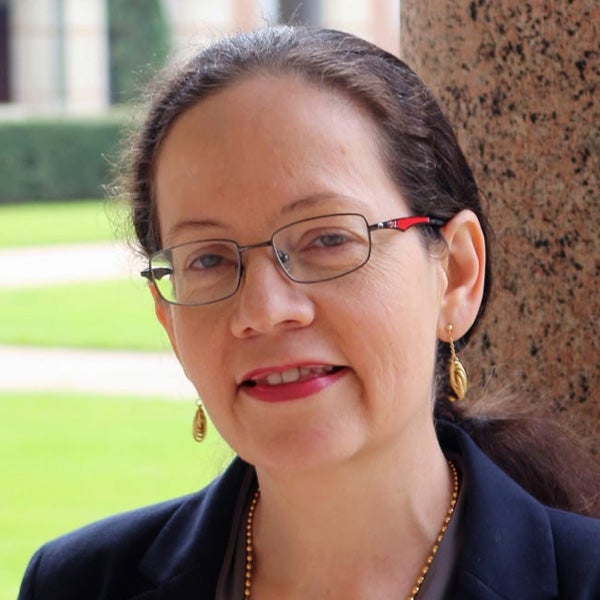Research Areas
Dr. Riviere received her Ph.D. in 2000 from the University of Texas at Austin. Her other degrees include a Master in Mathematics in 1996 from Pennsylvania State University and an Engineering Diploma in 1995 from Ecole Centrale, France. She is the author of more than one hundred scientific publications in numerical analysis and scientific computation. Her book on the theory and implementation of discontinuous Galerkin methods is highly cited. Her research group is funded by the National Science Foundation, the oil and gas industry and the Gulf Coast Consortia for the Quantitative Biomedical Sciences. Dr. Riviere has worked extensively of the development and analysis of numerical methods applied to problems in porous media and in fluid mechanics. Her current research deals with the development of high-order methods in time and in space for multiphase multicomponent flows (in rigid and deformable media); the modeling of pore scale flows for immiscible and miscible components; the numerical model of oxygen transport in a network of blood vessels; the analysis of neural networks for image segmentation and the design of iterative solvers. Dr. Riviere is an associate editor for the SIAM Journal on Scientific Computing, for Results in Applied Mathematics and a member of the editorial board for Advances in Water Resources. She has graduated a total of fifteen Ph.D. students, with eight working in academia and seven in industry. She is the President of the SIAM TX-LA Section and the Chair of the SIAM Activity Group on Geosciences. Dr. Rivière is the director of Computational Optimization and Modeling of Porous Media (COMP-M), which develops innovative and efficient numerical algorithms for porous media at the pore scale and at the Darcy scale. Porous media applications include energy, biomedicine and environment. COMP-M is at the forefront of research in scientific computing, numerical analysis, high performance computing and data science.

